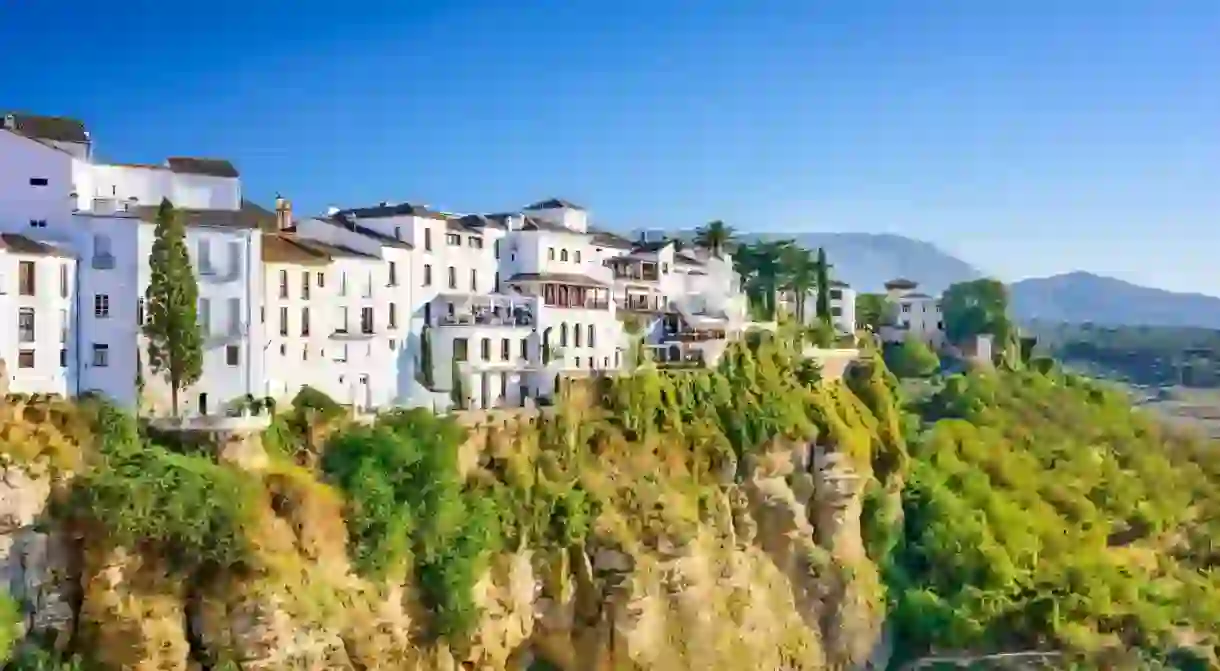What To Do And See In Ronda, Andalusia

Located in the Spanish province of Málaga, around 60 kilometers north of Marbella, the town of Ronda occupies a dramatic location, atop immense, craggy stone cliffs. As if sitting on a throne above the rest of the world, the town is full of old historic sights dating back to the time of the Moors. Here are some of our top things to do and see in Ronda.
Walk Across the Famous Puente Nuevo Bridge
Bridge

The Puente Nuevo Bridge is without a doubt one of the most famous sights in Ronda. Spanning the El Tajo Gorge, it’s quite a sight to behold, towering the height of the cliff faces. Taking a total of 42 years to create, construction on the bridge began in 1751 and a total of 50 workers were killed during the process. The bridge was designed by architect José Martin de Aldehuela and building work was carried out by chief builder Juan Antonio Díaz Machuca.
Walk Through the Cuenca Gardens
Park

Clinging to the edges of the Tajo Gorge, the Jardines de Cuenca wind their way over a series of paths and terraces and provide one of the best views of the Puente Nuevo bridge.
Visit Spain’s Largest Bullring
Building

Marvel at the Iglesia de Santa María la Mayor
Church

The most important church in Ronda, the Iglesia de Santa María la Mayor is built in many varying architectural styles, due to the fact that construction began in 1485 and wasn’t completed until the 17th century. Part of the church was also destroyed during an earthquake in 1580. The most fascinating aspects of the church are its Renaissance Choir and images of the Virgen del Mayor Dolor.
Admire Plaza Duquesa de Parcent
Building

One of the prettiest squares in Ronda and home to the Santa Maria la Mayor church, Plaza Duquesa de Parcent is an ideal shady spot for some people watching.
Explore the Ancient Baños Arabes
Building

Visit the Palacio del Rey Moro y La Mina
Building

Not actually the home of a Moorish king at all, the Palacio del Rey Moro wasn’t built until the 18th century, after the Christians had long regained control of Andalusia. Although the actual house is not open to the public, its wonderful gardens are. Designed by French landscape gardener Jean-Claude Forestier in 1912, they cling to the side of the cliff and are filled with fountains, flower gardens and peacocks. Its real treasure, however, can be found down many stone steps in a mine, which emerges at a cool and serene pool at the bottom of the gorge.
Discover the Mondragón Palace and Museum
Museum














